Few things are more frustrating to a runner than a running injury. Whether it is a minor strain or a major setback, an injury can interfere with your training, impact your performance, and, in extreme cases, even make you give up running. But there's good news. With the help of Cape Town fitness professionals and the right preventive measures, you can significantly reduce your risk of common running injuries.
In this article, we share some injury prevention tips from Cape Town's running community. This advice is based not only on the most recent research, but also on the experience of professionals who have been in your shoes. We provide practical advice on how to manage and recover from running injuries, with an emphasis on maintaining runner health and fitness while ensuring a safe return to your favourite sport.
Injury Prevention: The First Step Towards Runner Health
Being proactive about injury prevention is essential for staying injury-free. This includes performing consistent warm-ups and cool-downs, stretching effectively, wearing appropriate footwear, and following a balanced training regimen. By incorporating these strategies into your daily routine, you can improve your resilience and lower your risk of injury.
Warm-ups and cool-downs are essential components of any training session. They help prepare your body for the workout ahead and gradually bring your body back to its normal state afterwards. This can significantly reduce your risk of injury. Think of these routines as bookends to your workout. This sets the stage for a successful session and helps you finish strong and injury-free.
Effective Warm-up and Cool-down Exercises
It is crucial to warm up your muscles before beginning your run. This will enhance their flexibility and efficiency, making them less prone to strains or tears. A warm-up could include a slow jog or dynamic stretching exercises that mimic running movements. Think of your warm-up as a way to ease your body into the workout, rather than diving in headfirst.
Similarly, cooling down after a run allows your heart rate to gradually decrease and your muscles to relax. It can prevent blood from pooling in your lower extremities, which can lead to light-headedness or fainting. Gentle stretching and a slow walk or jog are effective cool-down activities. This is your body's time to recover from the hard work, so give it the care it deserves.
The Importance of Stretching and Proper Footwear
Aside from warm-ups and cool-downs, incorporatingregular stretching into your routine can also help with injury prevention. Stretching increases flexibility and helps you avoid injuries like pulled muscles. However, it's important to remember that stretching should be done carefully to avoid causing damage. Stretching, when done correctly, can be a very effective tool for injury prevention.
Wearing appropriate footwear is another critical factor in preventing running injuries. Theright pair of running shoes can provide the necessary support and cushioning, reducing the impact on your joints and muscles. It's about more than just comfort; the right shoes can make a real difference in your running performance and injury risk.
Choosing the Right Running Shoes
Selecting the right running shoes for your foot type and running style can make a significant difference in preventing injuries. There is a wide range of men's running shoes andwomen’s running shoes that cater to various needs. Whether you're an overpronator needing stability shoes or a neutral runner looking for a pair of cushioned shoes, there's something for everyone.
If you prefer trail running, it is important to useproper trail running shoes.Trail running shoes are available forwomen and men. They offer additional traction and stability, making your trail runs safer and more enjoyable. In addition to improving performance, the right shoes should also ensure your comfort and safety.
Treating Common Running Injuries
Even with the best preventive measures, injuries can still happen. The way you respond to an injury can have a significant impact on your recovery time and the likelihood of recurring injuries. Injuries such as shin splints, plantar fasciitis, and IT band syndrome are common among runners, and each has specific treatments.
Understanding the nature of these injuries is the first step towards effective treatment. Shin splints, for example, are frequently relieved by rest, ice, and over-the-counter pain relievers. Plantar fasciitis can benefit from stretching exercises, and IT band syndrome may require a combination of rest, stretching, and strengthening exercises. By knowing the right treatment for your injury, you can expedite your recovery and reduce the risk of future injuries. Always seek the counsel of a medical expert for advice on how to treat an injury.
Implementing Effective Treatment Strategies
When treating running injuries, it's crucial to remember the RICE method - rest, ice, compression, and elevation. These simple measures can be incredibly effective in managing pain and promoting healing. However, don't hesitate to seek professional help if your symptoms persist or worsen. The quicker you address an injury, the quicker you can get back on track.
Aside from the RICE method, don't underestimate the power of patience in your recovery. Rushing back to your previous levels of activity can cause re-injuries and slow the healing process. Listen to your body and give it the time it needs to heal. Your patience will pay off in the long run.
Conclusion
Preventing and treating running injuries doesn't have to be complicated. With the right knowledge, you can keep up your running routine in a way that promotes health and prevents injuries. Remember, if you do sustain an injury, it's crucial to seek professional advice. Ignoring an injury can lead to longer recovery times and potentially serious long-term damage.
Even with an injury, it's important to keep a positive mindset. Injuries are often temporary setbacks on your fitness journey. With the right approach to prevention and treatment, you can bounce back stronger than ever. After all, every step towards recovery is a step closer to getting back to the sport you love.
Final Thoughts
At The Athlete's Foot, we're committed to supporting your running journey. Whether you're seeking the perfect running shoe, in need of training socks, or looking for gym and exercise accessories to enhance your workouts, we're here to help. Our aim is not just to provide you with the right gear, but to empower you with knowledge and resources to stay injury-free.
So, if you need advice or assistance in preventing or treating running injuries, don't hesitate to contact us. Remember, every step you take towards injury prevention is a step towards a more fulfilling and sustainable running journey.

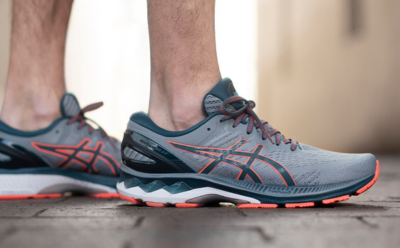
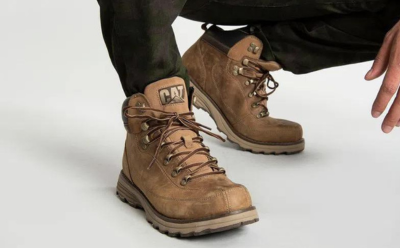
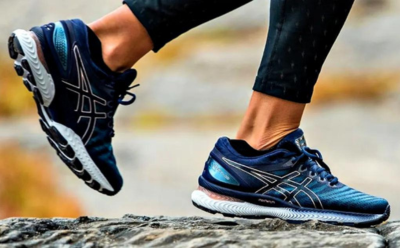
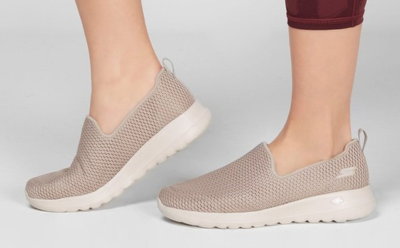
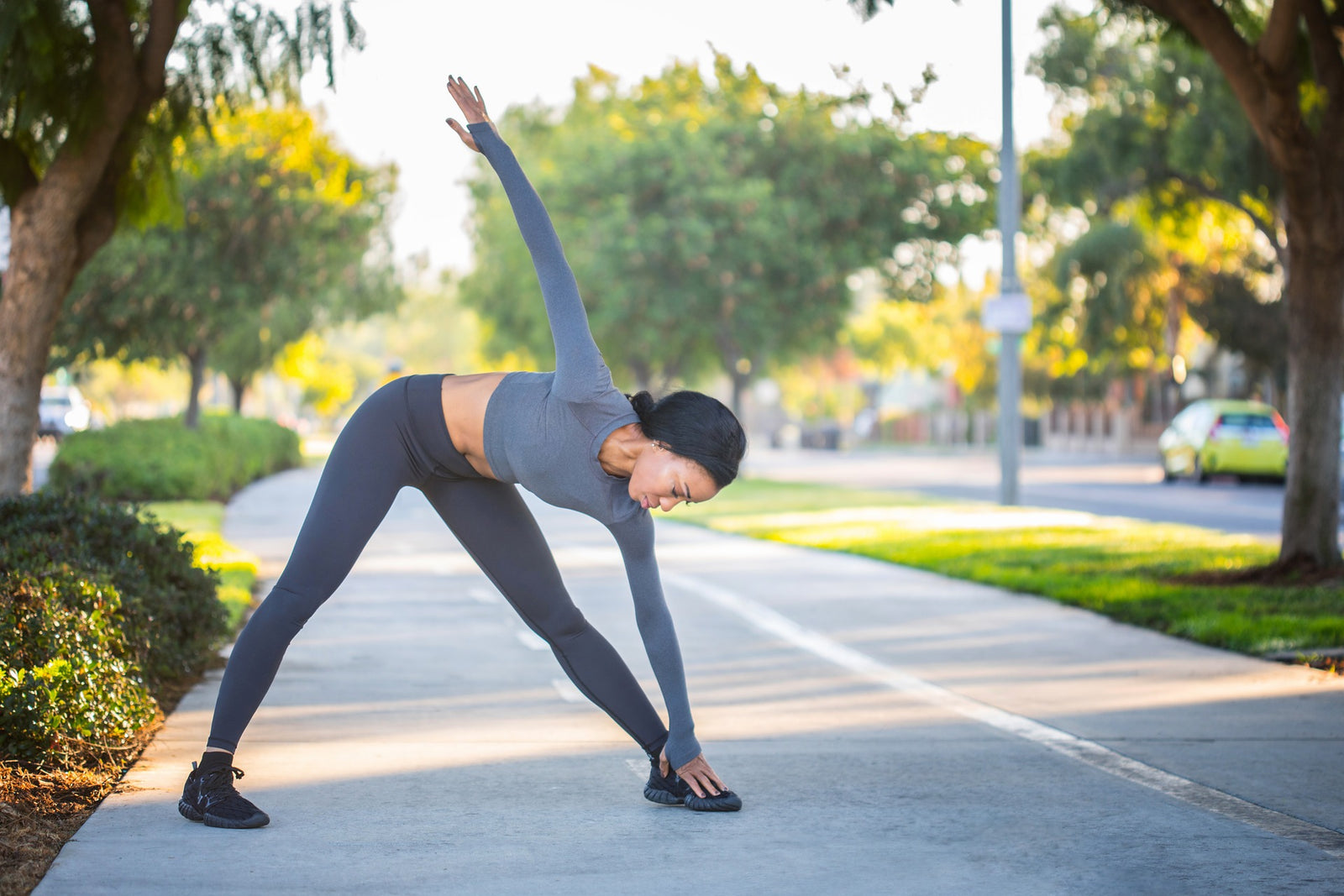

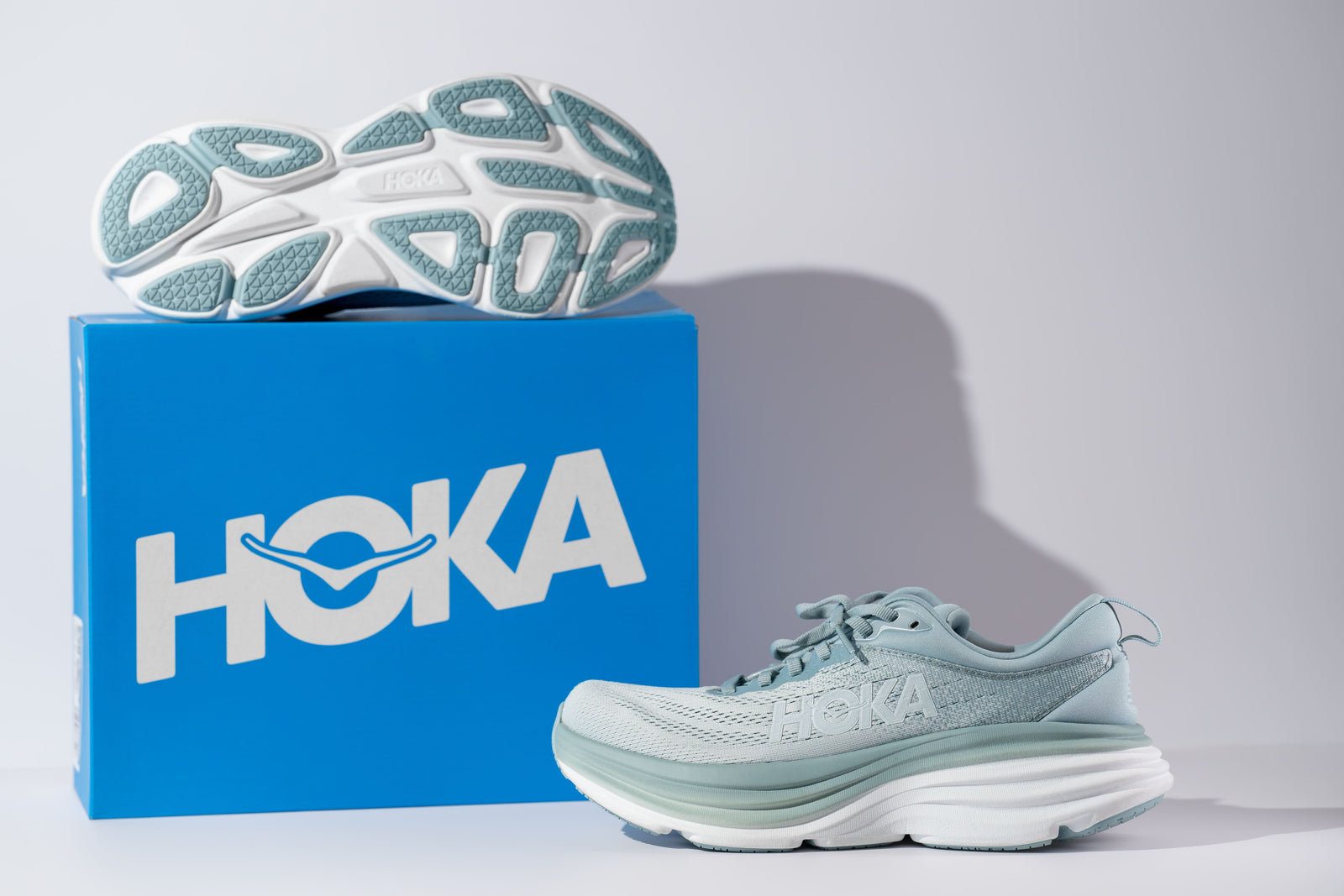
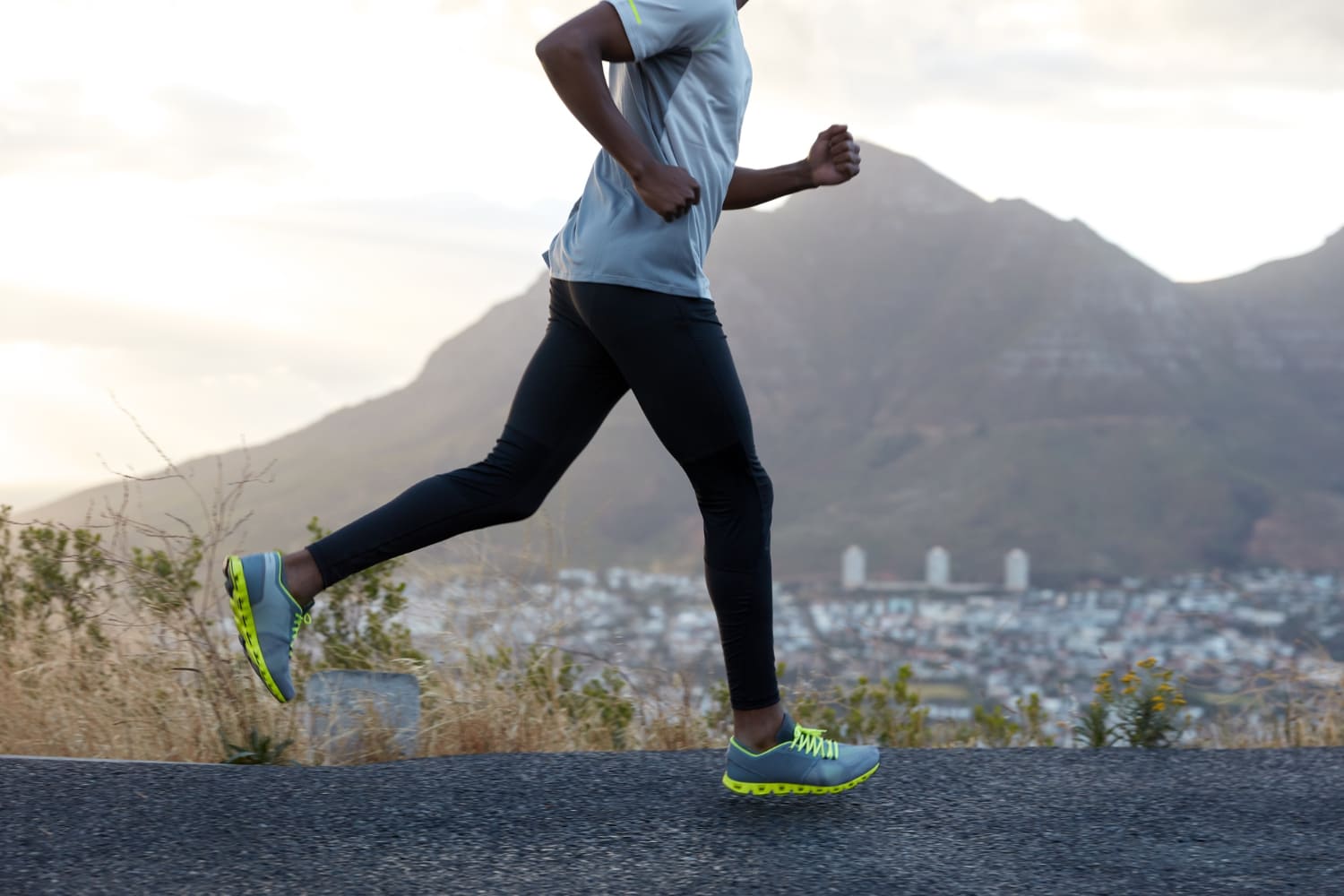
Leave a comment (all fields required)